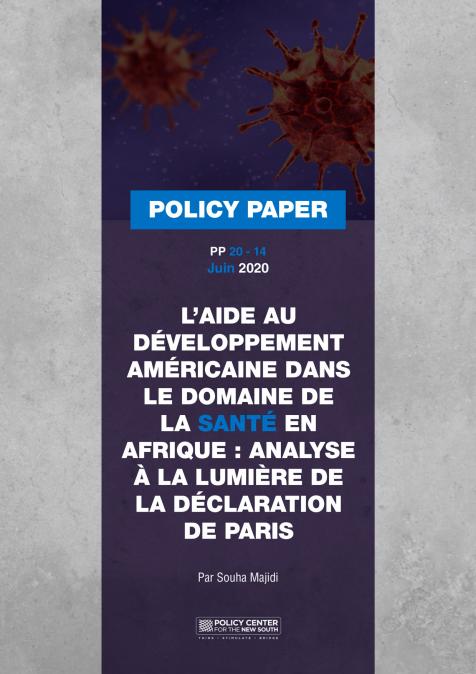Publications /
Opinion
Three features of the post-pandemic global economy can already be anticipated: the worldwide rise in public and private debt levels, accelerated digitization, and a partial reversal of globalization. The first arises from the public sector's role as the ultimate insurer against catastrophes, government policies to smooth pandemic curves and the coronavirus recession. These will leave a legacy of massive public-sector debt worldwide (as discussed in a previous post. Lower tax revenues and higher social and health expenditures reflect the choice of trying to avoid widespread destruction of people's productive and livelihood capacity during the pandemic. On the private-sector side, indebtedness will be the way to survive the sudden stop, if the result is not to be bankruptcy or closure.
The burden of meeting higher levels of public debt will be mitigated by the expected continuation of low basic interest rates in most advanced countries. However, even governments with a better credit risk rating will face debt accumulation. And sovereign debt stress is likely to increase in many other cases.
Spending cuts to contain fiscal deficits will be very costly in terms of political capital, especially after a crisis that will leave behind higher degrees of income inequality and which is occurring after a recent period of spending restraint in many countries. Among advanced economies, the trend in recent decades has been to reduce corporate and personal income taxes. Reversing these decreases is an obvious option to fill the fiscal gap caused by the coronavirus.
Ongoing demographic trends already pointed to the need to find new ways to cover growing public spending. The coronavirus crisis will accelerate this search. However, to avoid fiscal wars between countries undermining that strategy, pluri-national consistency through tacit or explicit cooperation will be a necessary condition.
Take, for example, fiscal challenges in the Eurozone, which have been compounded by the coronavirus crisis. Highly impacted countries—including Italy and Spain—were already showing fiscal vulnerability before the virus outbreak, despite years of fiscal restrictions. The division between requests for mutualization of debt at the Eurozone level, and the country-specific tax structures required by others—Germany—will require resolution. The announcement by the European Central Bank that it will buy another €600 billion in bonds, together with the proposal announced on May 27 by the European Commission to create a new European Union recovery fund of €750 billion to help the countries most affected by the pandemic, pushed the problem forward.
Greater intensity and frequency of stresses in the public and foreign debts of the poorest countries will also be present. The external debt of poor countries had already increased substantially since the 2008-09 global financial crisis. The G20’s postponement of the payment of its official bilateral debt this year eased the service burden in the short term, but the debt will continue to accumulate and the underlying debt trajectories will still need to be dealt with after the pandemic. A key component in this regard will be China’s role as a creditor. Its financial exposure to developing countries through credit lines and loan agreements—often linked to commercial projects at market rates and backed by guarantees—has increased in recent history.
The second result from coronavirus will be acceleration of digitization in production processes and in the provision of public services. Pre-existing trends in the introduction of new technologies that were already reconfiguring production chains, with the potential shift of activities back to advanced economies (see here), won a prize associated with the reduction of risks of exposure to shocks abroad.
Digitization processes that are taking place during the pandemic and the confinements tend to remain, to a large extent, definitively extending in areas such as education. There will be destruction of ‘analogue’ jobs, while jobs and opportunities for entrepreneurship that require digital training will be created. Adapting the workforce to this new reality will be among the challenges highlighted by COVID-19.
A third post-coronavirus characteristic is likely to be a partial setback of productive integration across borders, which marked globalization in the decades before the global financial crisis and which has been under pressure to turn in the opposite direction ever since. In some cases, including medical equipment and medicines, in addition to high technology, the primacy of efficiency and cost minimization will give way to security against the risks of shocks that disrupt the availability of imports. It remains to be seen how far the demarcation lines will extend of what will be considered ‘strategic’ by different countries, in terms of the activities they need to re-shore. A key part of this issue is expected to be the intensification of the technological dispute between the United States and China.
The coronavirus pandemic could also accentuate the ‘moving contradiction’ between a reinforcement of reorientation within countries and the need for policy coordination between countries in many areas. Dealing with challenges including future pandemics, climate change, cyber security, terrorism, and migration will require more multilateralism or pluri-nationalism and much less nationalism. This will mean that the lessons of coronavirus, which has encouraged national solutions, will have to be learned carefully.





